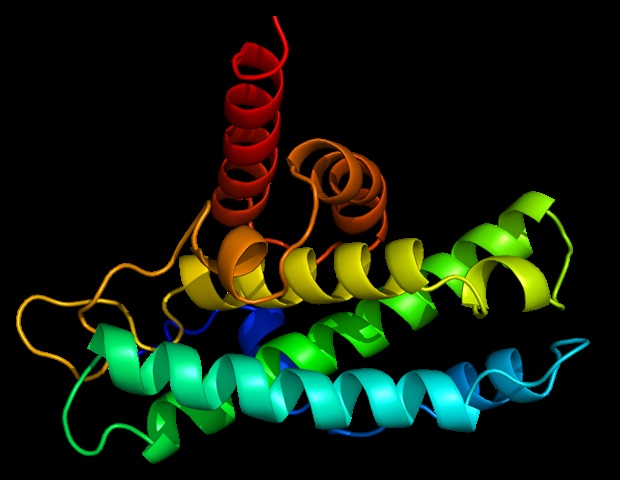
Citrate, a crucial component for neuronal metabolism and development, has been thrust into the spotlight with a groundbreaking study on the SLC13A5 membrane transport protein. Researchers at CeMM, the Research Center for Molecular Medicine of the Austrian Academy of Sciences, have unveiled comprehensive findings on the genetic mutations of SLC13A5, linking them to a severe form of epileptic encephalopathy. This extensive research, published in Science Advances, delves into the intricate workings of this transporter, potentially paving the way for future epilepsy research.
The study builds on data from the RESOLUTE and REsolution flagship projects, where scientists meticulously examined 38 mutant variants of the SLC13A5 transporter. Their findings not only illuminate the mechanisms of this debilitating disease but also establish a foundation for exploring other related disorders.
The Role of Citrate in Neuronal Function
Citrate, the negatively charged ion of citric acid, is indispensable for cellular metabolism. Within the citric acid cycle, often dubbed the “hub” of cellular metabolism, organic substances are broken down to generate energy and produce precursors for biosynthesis. In neurons, citrate assumes an even more critical role as a “neuromodulator,” influencing neuronal activity and maintaining high concentrations in cerebrospinal fluid.
Neurons express significant levels of the SLC13A5 transporter to facilitate citrate uptake. When this transporter malfunctions, it can lead to SLC13A5 Citrate Transporter Disorder, a severe form of epilepsy characterized by impaired brain development, also known as developmental epileptic encephalopathy (DEE). This condition arises from mutations in the SLC13A5 gene, yet the specifics of these mutations and their impact on disease progression have remained largely elusive until now.
Unveiling the Genetic Landscape
To bridge this knowledge gap, CeMM scientists employed “deep mutational scanning” (DMS), a sophisticated technique to analyze nearly ten thousand genetic mutations affecting the SLC13A5 transport protein. The study was further enriched by computational analyses of protein stability, selecting 38 mutated variants for experimental scrutiny. This approach uncovered several molecular mechanisms linked to the disease’s manifestation, including variations in transporter production levels, cellular localization, and citrate transport rates.
“With these results, we were able to identify and characterize disease-causing variants of the SLC13A5 transporter,” explains co-first author Wen-An Wang. “In addition, by computationally analyzing the mutant variants, we assessed protein stability across different conformations and established an evolutionary conservation score for all variants,” adds co-first author Evandro Ferrada.
Implications for Rare Diseases and Beyond
The study’s findings underscore the importance of systematically investigating genetic variants, particularly in rare diseases like SLC13A5 citrate transporter deficiency. This research not only sheds light on molecular disease mechanisms but also offers insights into genetic diversity’s broader impact on human health.
Giulio Superti-Furga, the senior author, emphasizes the significance of this approach:
“Our work highlights the importance of systematically investigating the effects of genetic variants. Especially in rare diseases such as SLC13A5 citrate transporter deficiency, a specific form of epilepsy, this approach helps us uncover molecular disease mechanisms. At the same time, we gain valuable insights into the impact of variants that also occur in the general population – an important step toward a more comprehensive understanding of genetic diversity and its impact on human health.”
Future Directions and Collaborative Efforts
The scientists’ efforts were supported by the REsolution consortium, a continuation of the RESOLUTE project led by Giulio Superti-Furga at CeMM. This large-scale initiative functionally mapped the entire SLC transporter family, contributing significantly to decoding cellular logistics. Patient data for the study was provided by the TESS Research Foundation, dedicated to advancing research on SLC13A5 citrate transporter deficiency.
As the scientific community continues to unravel the complexities of genetic mutations and their implications, this study represents a crucial step forward. The insights gained from this research not only enhance our understanding of epilepsy but also hold promise for addressing other genetic disorders. The journey to fully comprehend the genetic underpinnings of diseases is ongoing, with each discovery bringing us closer to more effective treatments and interventions.






